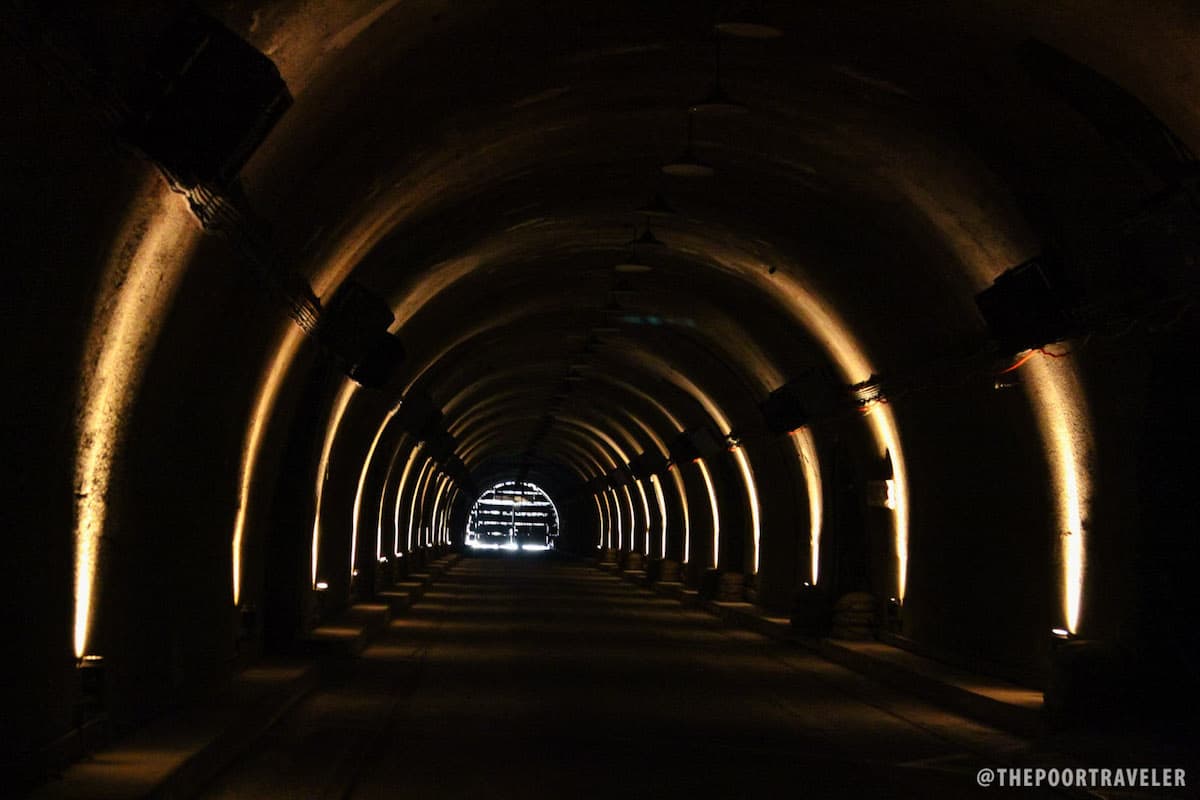Corregidor Tour
Asia Aircraft Philippines offers a guided tour that explores the historic island of Corregidor. It is served as one of the most vital harbor defences of Manila during the war.
Some of the points of interest are the various guns batteries, Mile long barracks, Pacific War Memorial and the famous Malinta
tunnel where guests have the option to experience the light and sounds Multi-vision show. Guests will helifly from Manila, then board the pre-war streetcars called “tramvias” that will bring them around the island fortress.
Corregidor is a small rocky island in Cavite, about 48 kilometers west of Manila which is stragetically located at the
entrance of Manila Bay. It is three miles long and 1 ½ miles at its widest point, facing the China Sea and flanked by the provinces of Bataan and Cavite. This island is shaped like a tadpole at the entrance of Manila Bay, Corregidor’s strategic location was vital in the defense of Manila during World War II.This island fortress stands as a memorial for the courage, valor, and heroism of its Filipino and American
defenders who bravely held their ground against the overwhelming number of invading Japanese forces during World War II.
Also known as “the Rock,” it was a key bastion of the Allies during the war. When the Japanese invaded the Philippines in December
1941, the military force under the command of Gen. Douglas MacArthur carried out a delaying action at Bataan. Corregidor
became the headquarters of the Allied forces and also the seat of the Philippine Commonwealt government. It was from Corregidor
that Philippine President Manuel Quezon and General MacArthur left for Australia in February 1942, leaving behind Lt. Gen. Jonathan
M. Wainwright in command.
Although Bataan fell on April 9, 1942, the Philippine and American forces held out at Corregidor for 27 days against great odds. On
May 6, 1942, their rations depleted, the Allied forces were forced to surrender Corregidor to Lt. Gen. Homma Masaharu of the
Japanese Imperial Army after having successfully halted the Japanese advance on Australia. It was only two years and ten
months later in March 1945 when the Allied forces under the command of General MacArthur recaptured Corregidor … making
good his promise to return to the Philippines.
Today, Corregidor’s rich history continues to draw Filipinos and foreign tourists alike, making the island one of the most visited
tourist spots in the country. For first-time Filipino visitors, Corregidor reacquaints them with the past and helps them discover
their national identity. The island is home to many historical treasures.
Battery Way
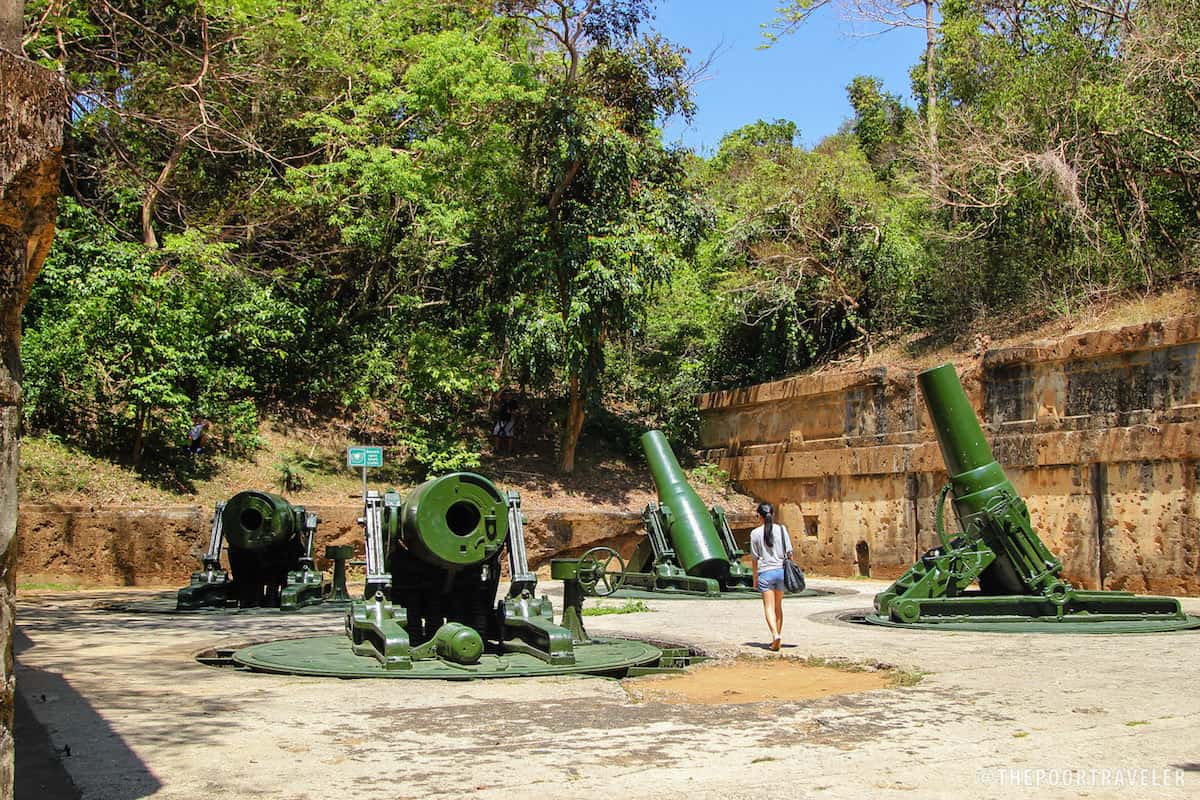
The first stop is Battery Way. It was named after 2nd Lieutenant Henry Way of the 4th US Artillery. This gun emplacement was built from 1904 to 1914. Four 12-inch mortars, capable of hurling from 45-70 degrees, sit in the middle of the site. It is one of the only two mortar batteries in Corregidor.
Battery Hearn
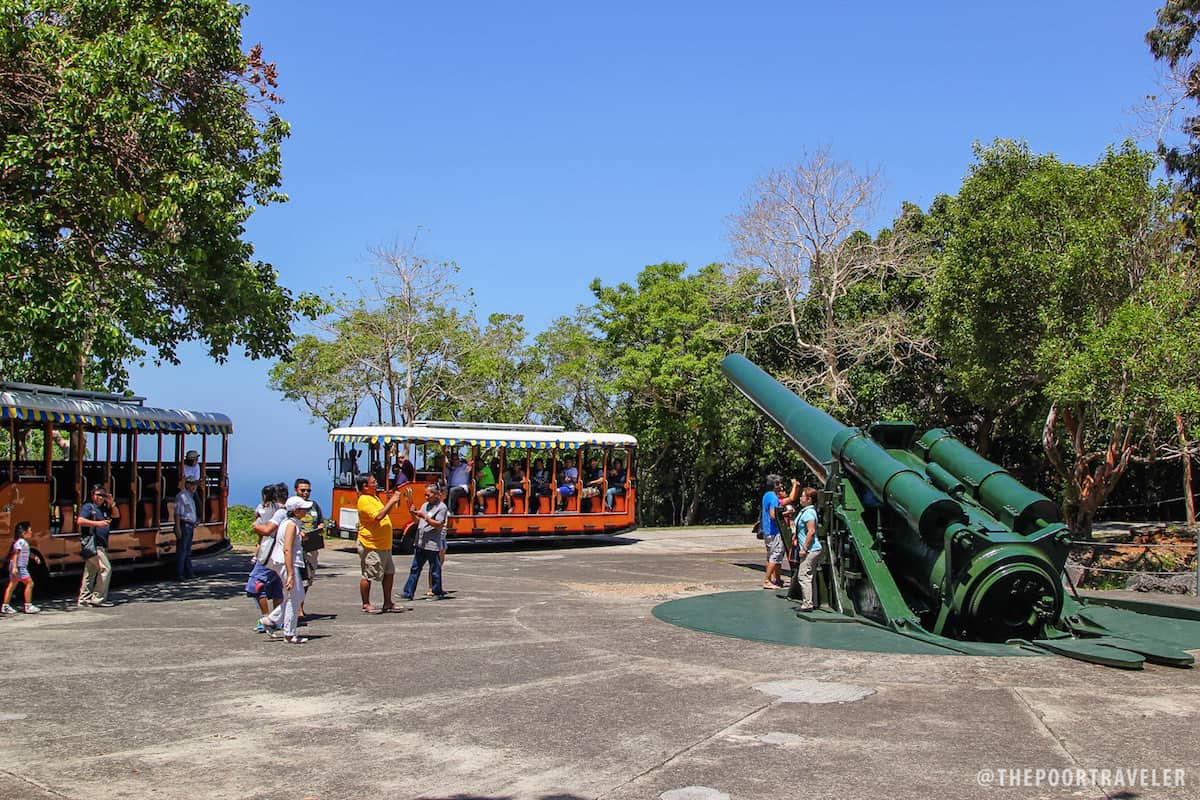
The gun at Battery Hearn may be the largest on the island. “At firing elevation between 15 and 25 degrees, the gun could cover the full 360-degree field,” brags the site marker. “On May 6, 1942, the gun and carriage were disabled by the crew before surrendering, but the Japanese had American POW’s place the battery back in service.” Today the gun bobs beside a crater, left when the US dropped a bomb here in January 1945.
Mile-Long Barracks
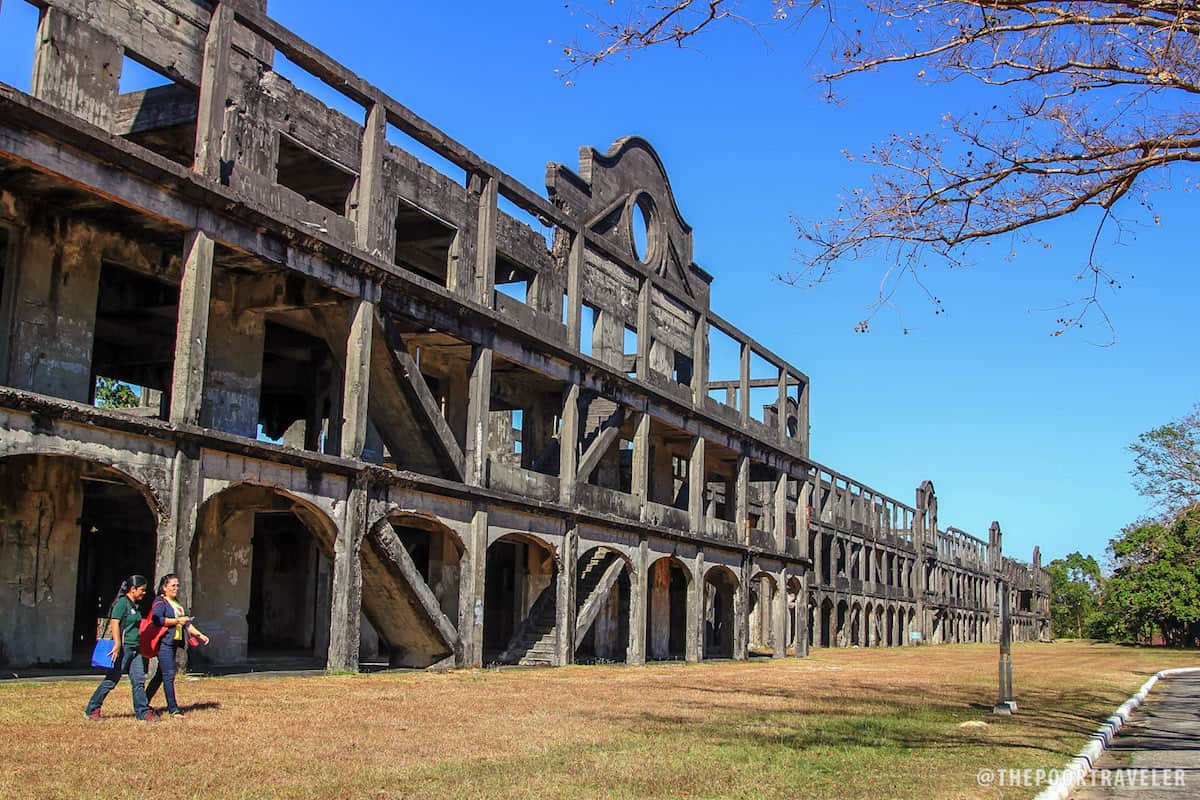
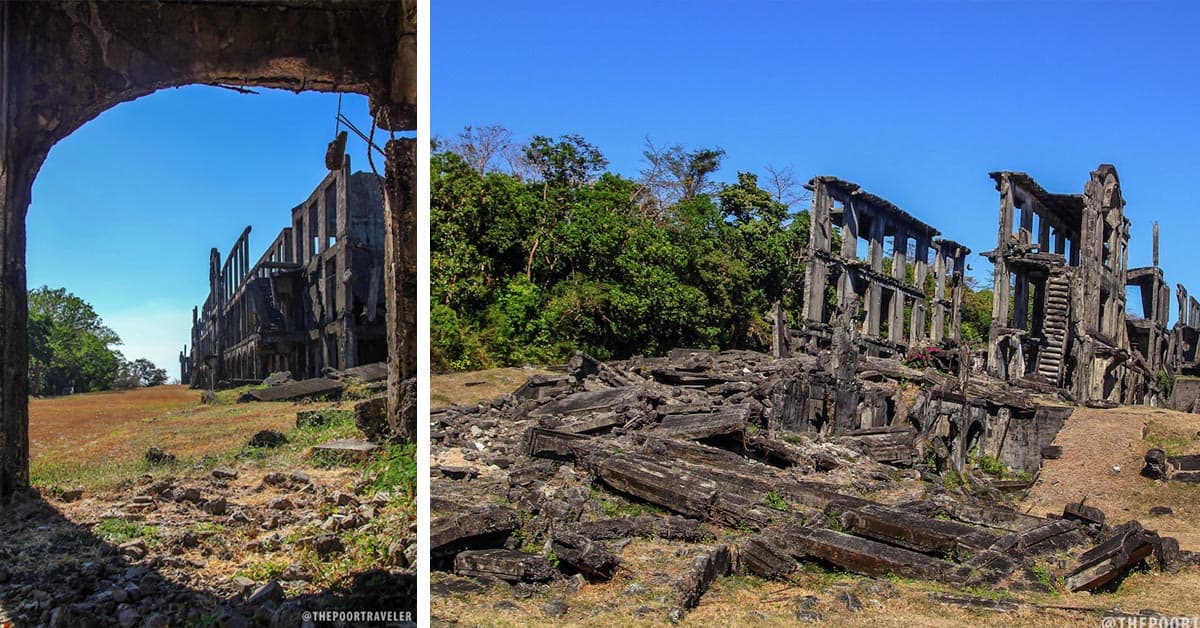
The skeletal ruins of the Topside Barracks have become the most iconic landmark of the island. It used to house the quarters of American officers and enlisted personnel. The structure is also called Mile-Long Barracks even though it spans only 1520 feet, less than a third of a mile. According to our guide, however, if you walk from end to end on all three stories of the building, you will be covering almost a mile.






Pacific War Memorial
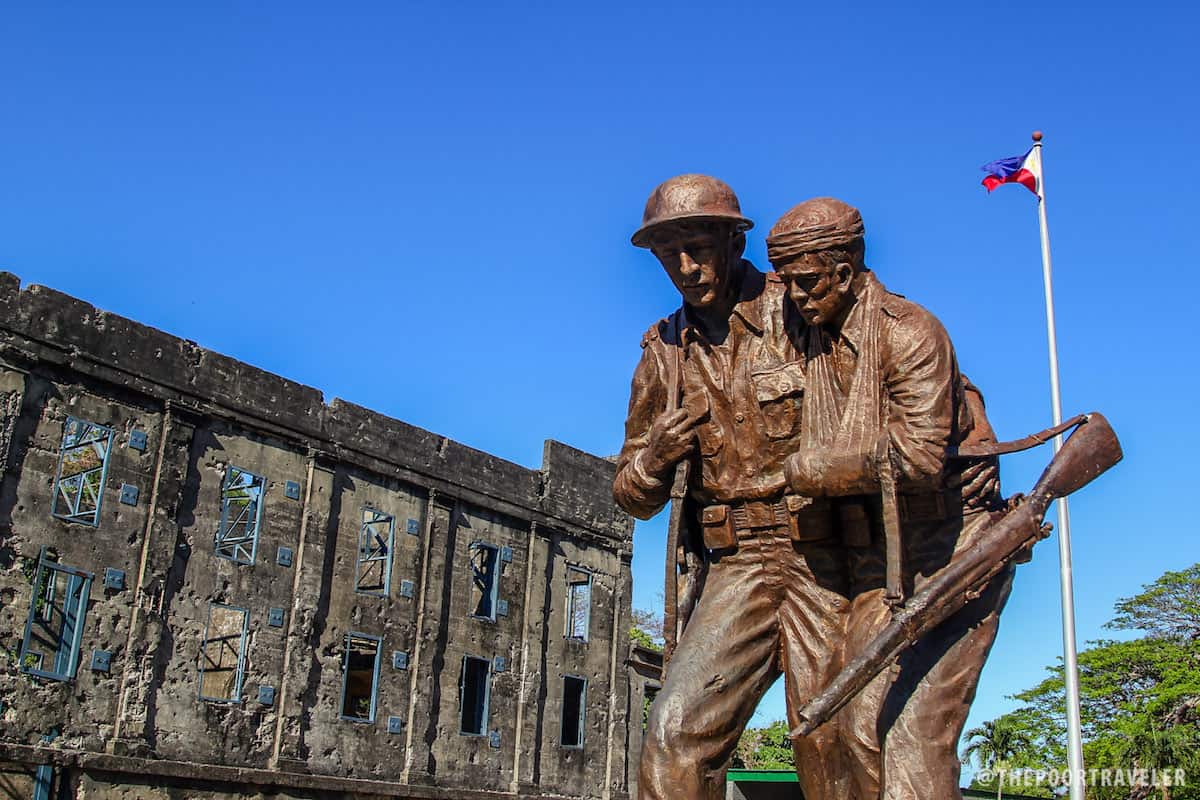
Perched on the island’s highest point is the Pacific War Memorial Complex. It harbors a museum, a circular altar under a memorial dome, and the Eternal Flame of Freedom Monument, all built in honor of Filipino and American soldiers who served during World War II. The site was completed in 1968 to the tune of USD 3 Million.
Also part of the complex are Cine Corregidor, the island’s movie house, and a small park behind the flame monument, which allows a fantastic view of the island’s tail end.
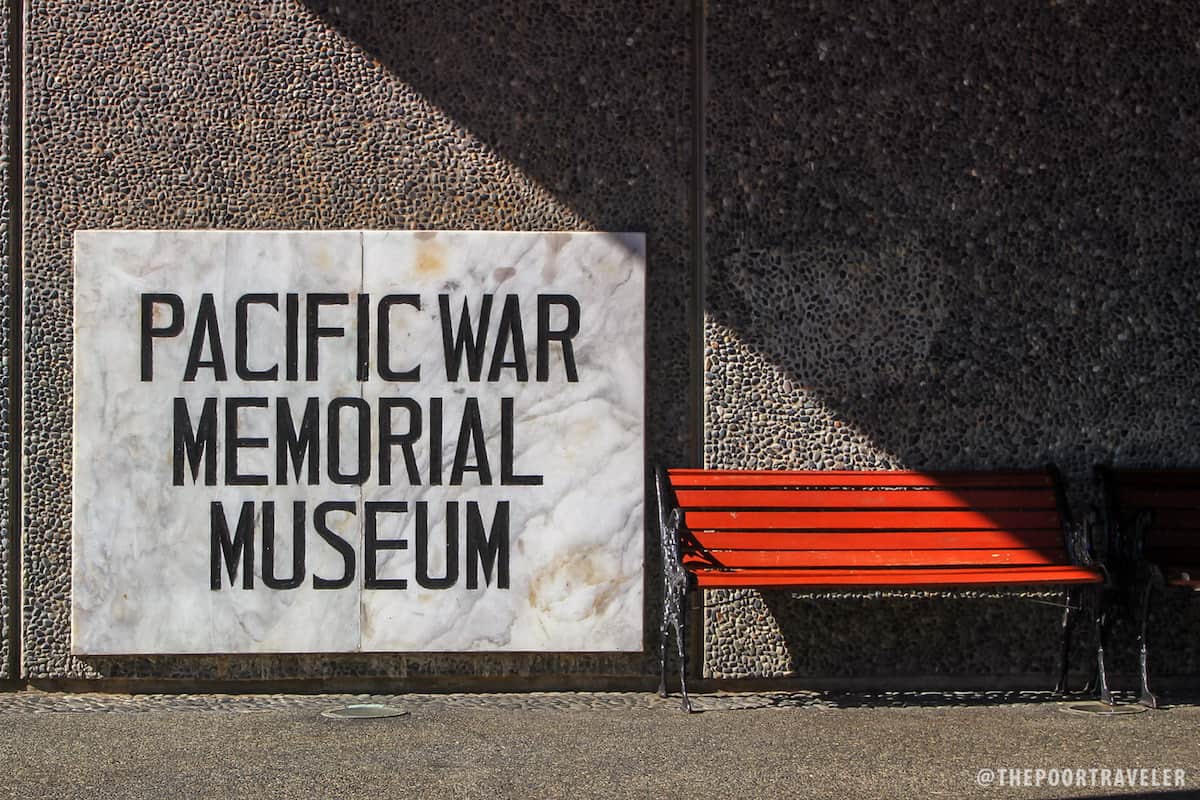
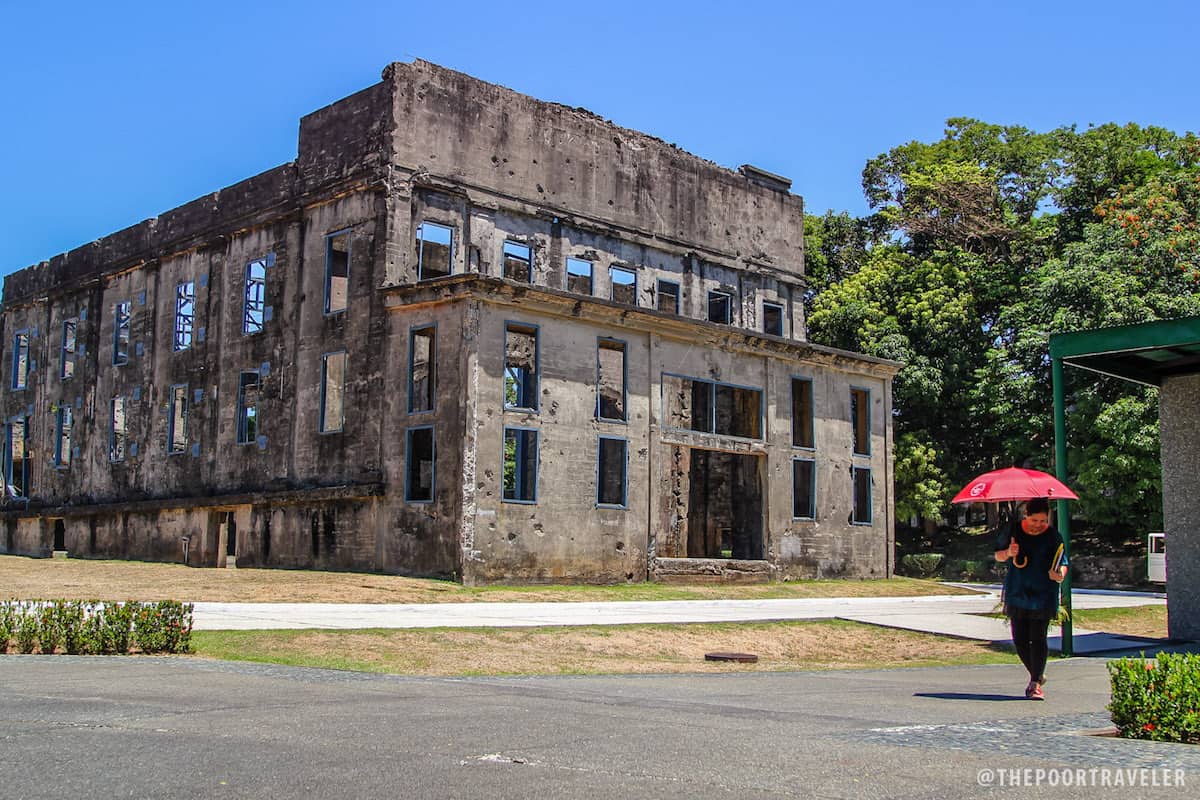
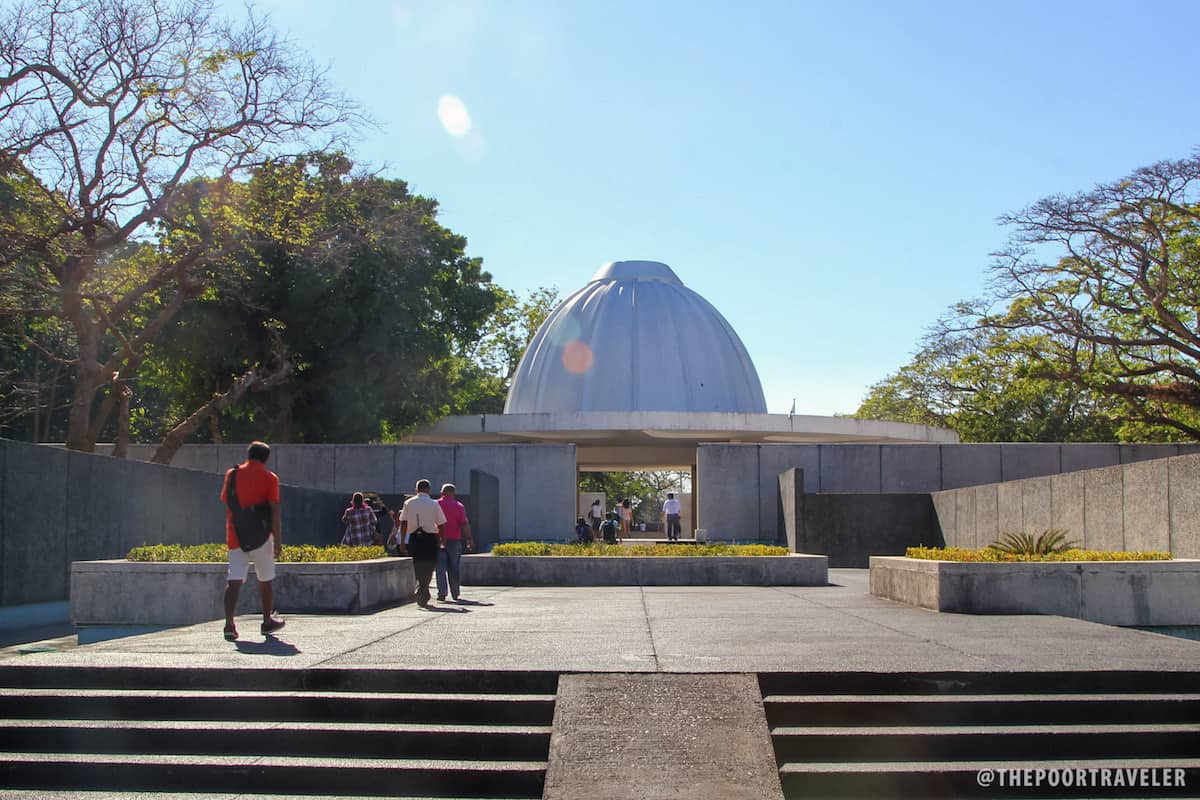
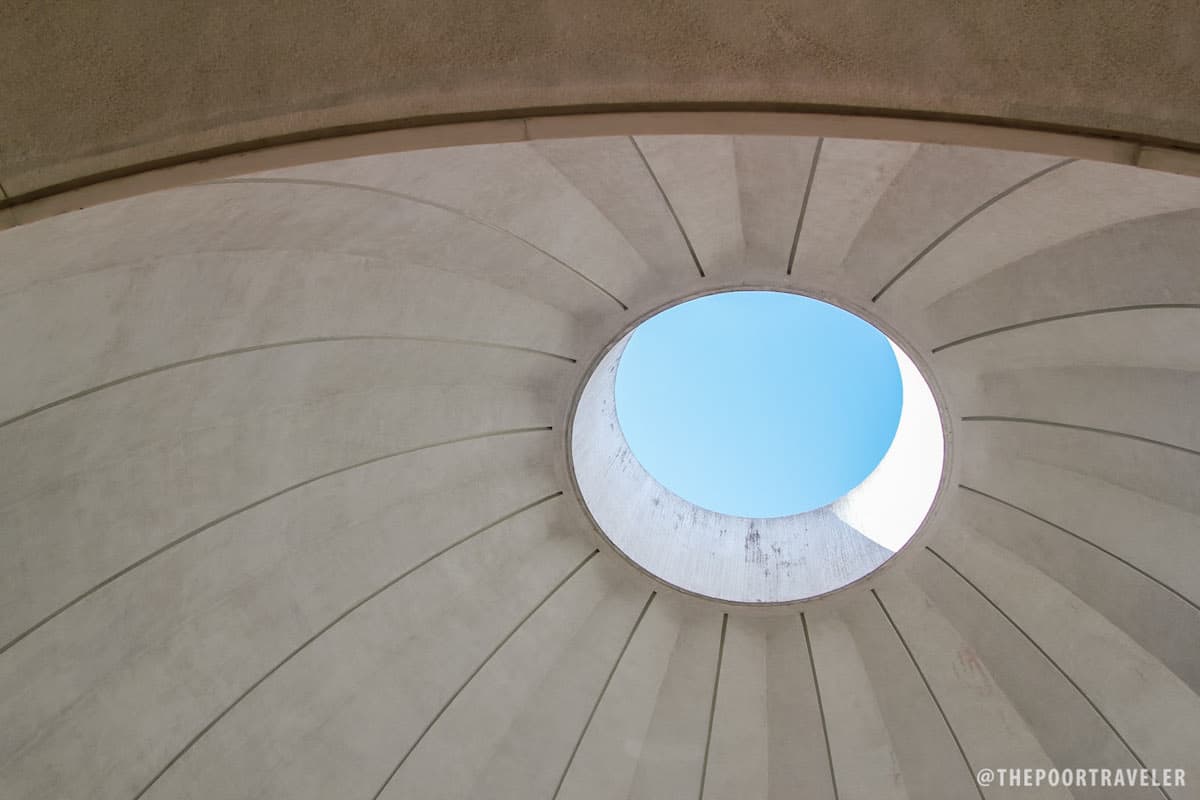
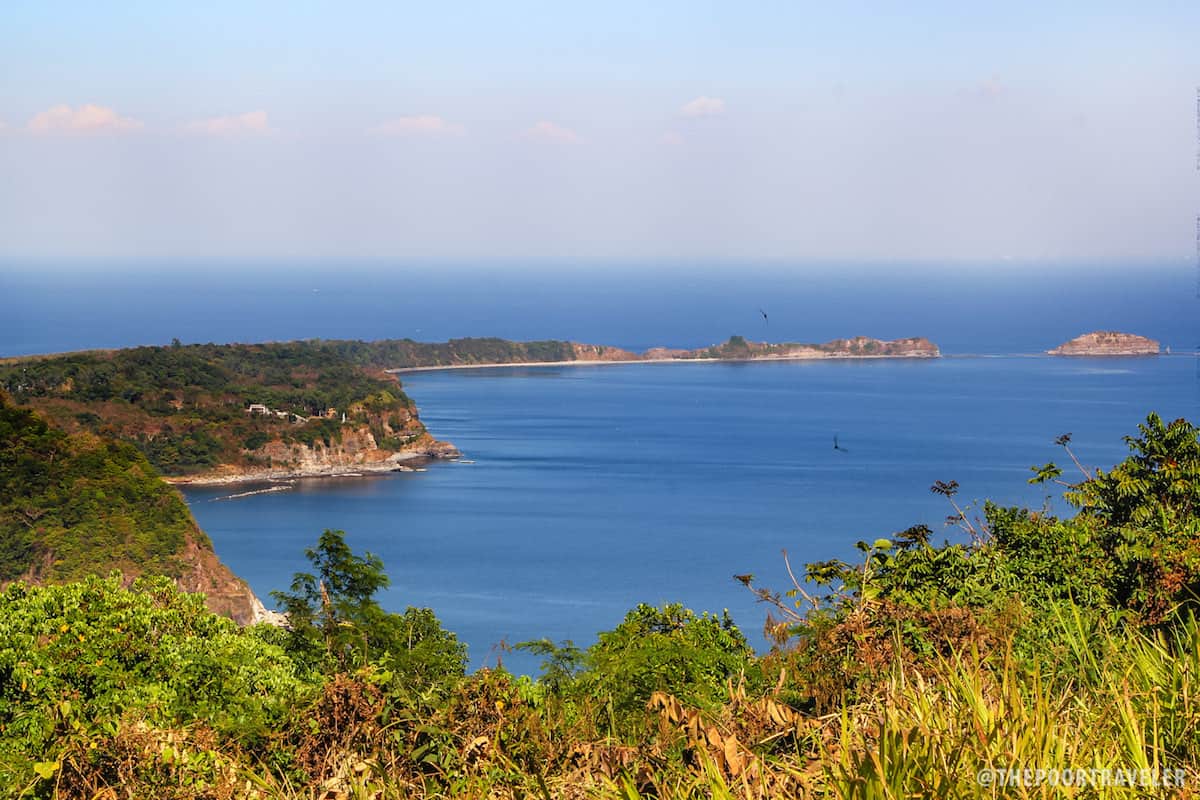
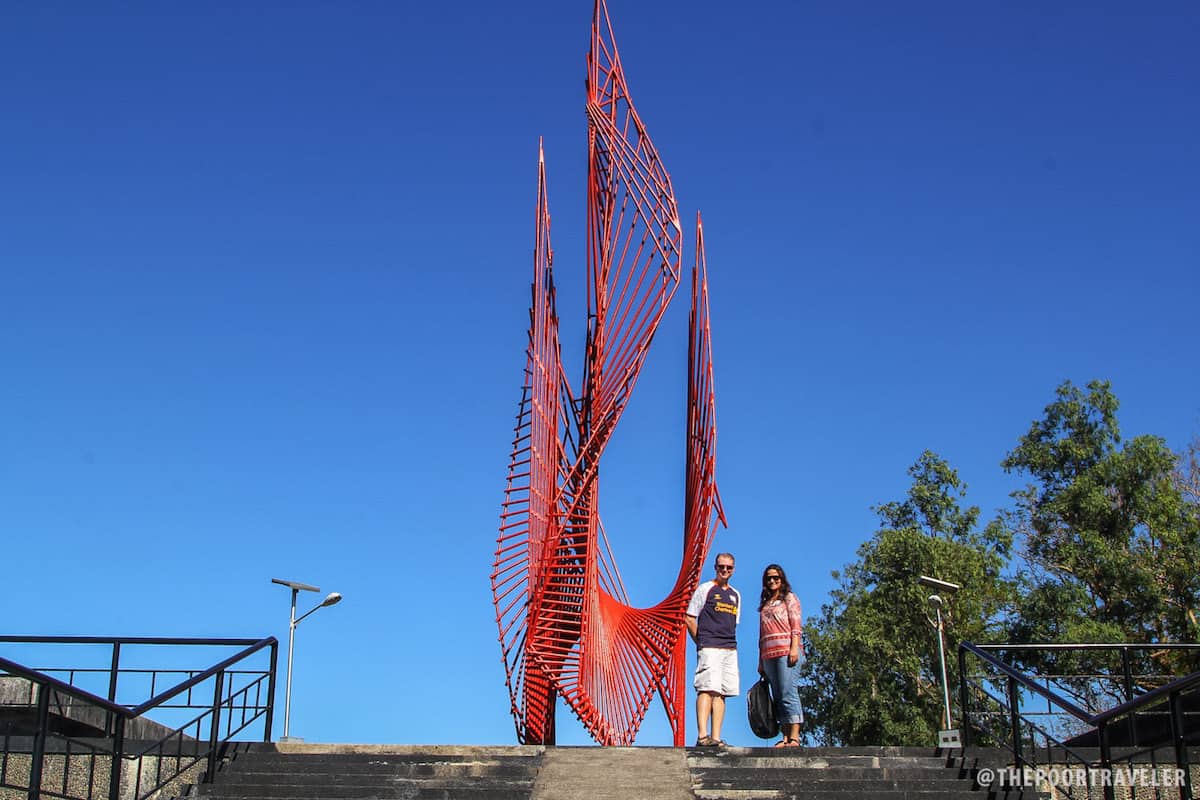
Corregidor Lighthouse
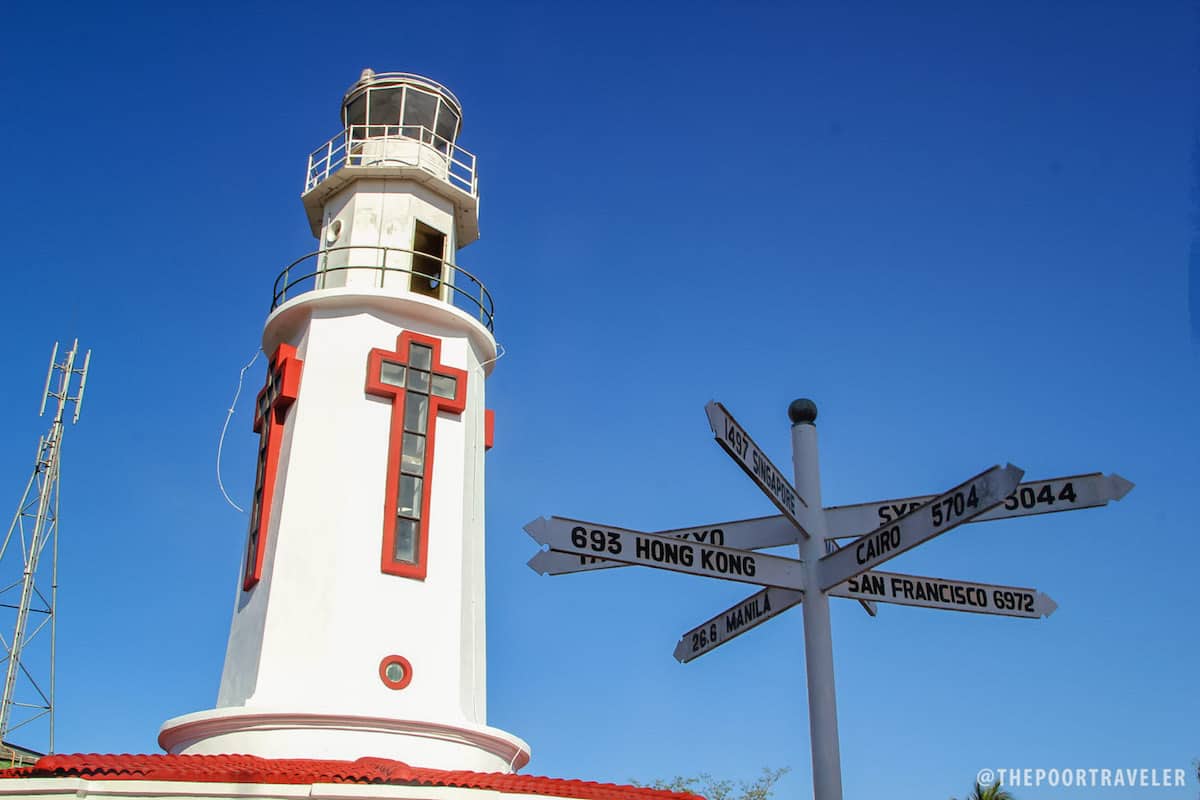
First lit in 1853, it is one of the oldest structures on the island. The Siege of Corregidor left it damaged, but it was reconstructed in the 1950s. Souvenir shops and small stars flank the walkway leading to the main tower.
Battery Geary
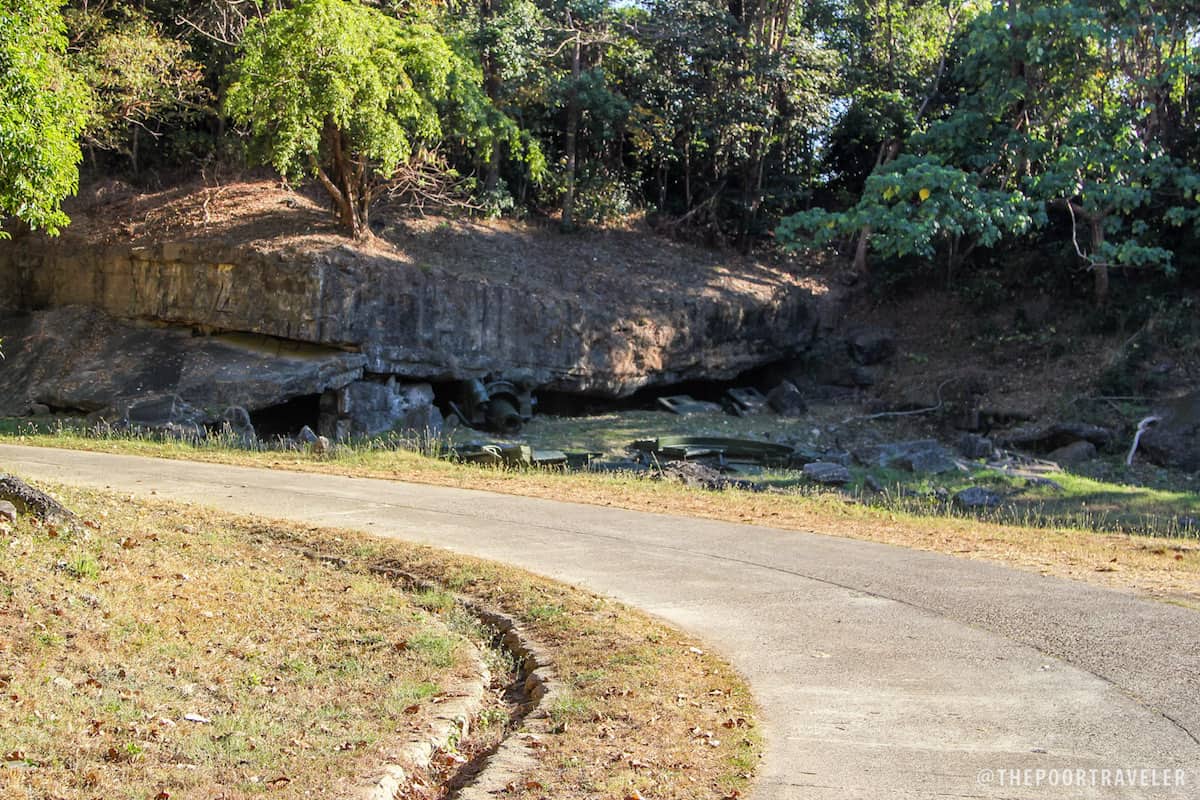
Completed in 1911, this gun emplacement was named after Capt. Woodbridge Geary of the 13th US Infantry. According to CorregidorIsland.com, “The eight 12-inch mortars of this battery were considered the most effective anti-personnel weapon in Corregidor. The battery had two mortar pits with 3 magazines and its standard crew consisted of 4 men per mortar.”
Battery Crocket
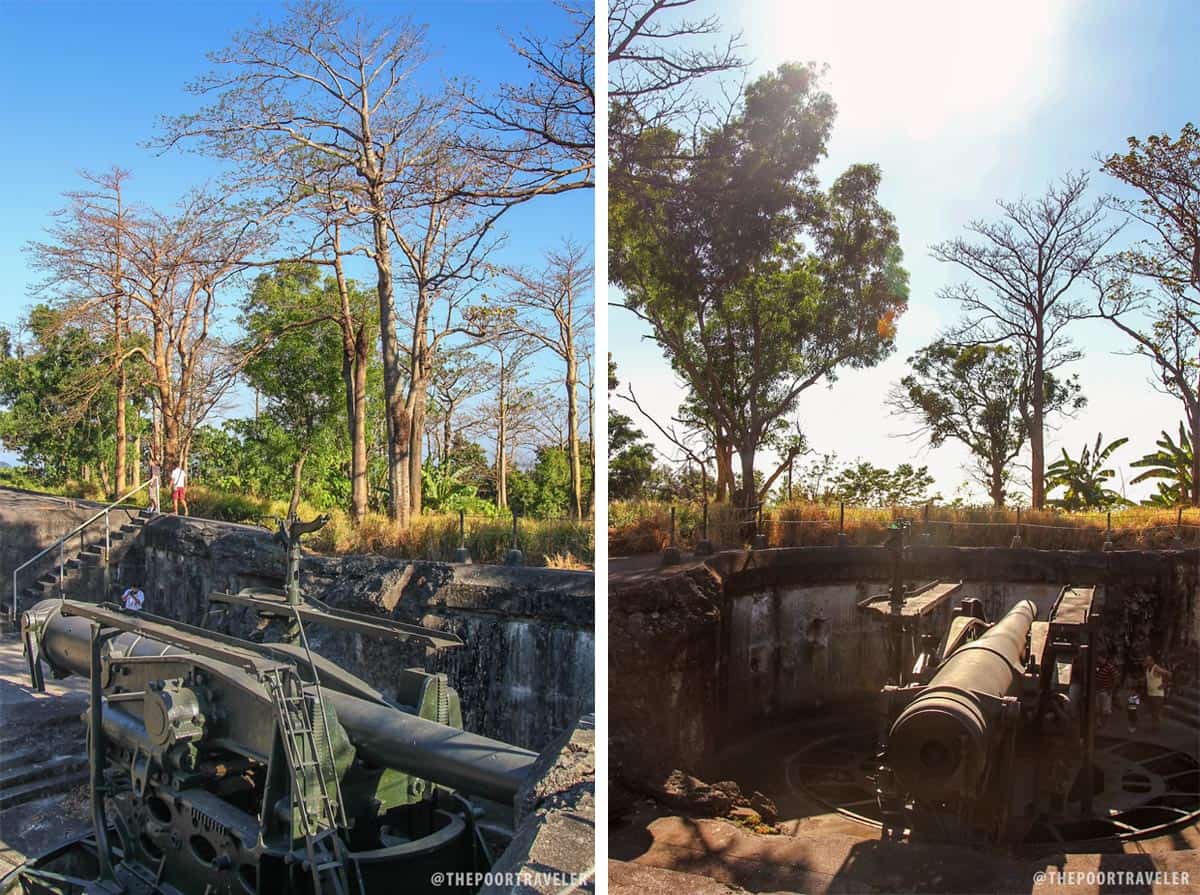
Battery Crocket is one of the six emplacements with disappearing guns on the island. These 12-inch guns were said to have 360-degree traverse (other sources say only 220-degree coverage) and required no smaller than a 30-man crew to properly function.
MacArthur Statue
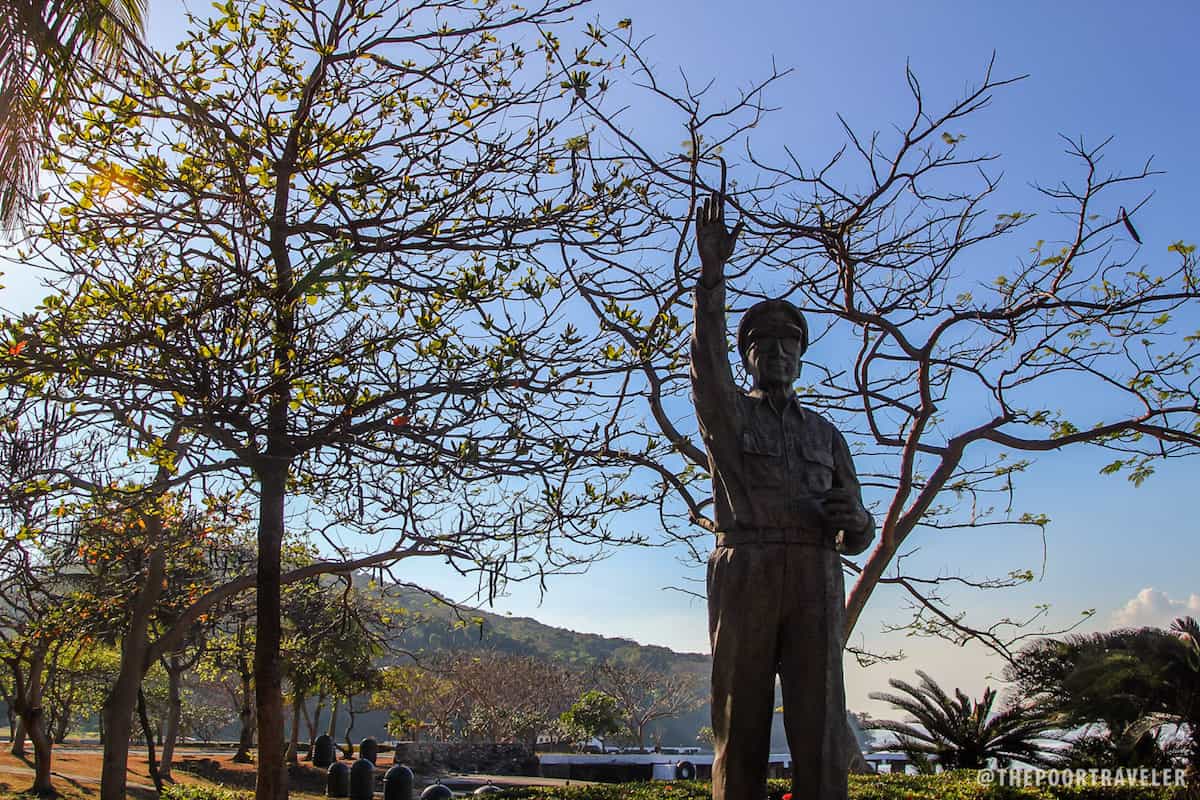
One of the most prominent figures during the war, General Douglas MacArthur was stationed in Corregidor and used it as Allied Headquarters until March 11, 1942. A statue in honor of him stands by the Lorcha Dock, MacArthur’s departure point for Australia. Many think this was where he uttered the unforgettable line, “I shall return.” Truth is, he actually said it when he was already in Adelaide, Australia.
Japanese Garden of Peace
A memorial to the Japanese soldiers who fought in Corregidor during the war and a prayer area to their kin, the Japanese Garden of Peace cradles a Shinto Shrine and a 10-ft tall stone statue of Buddha, which faces the direction of Japan.
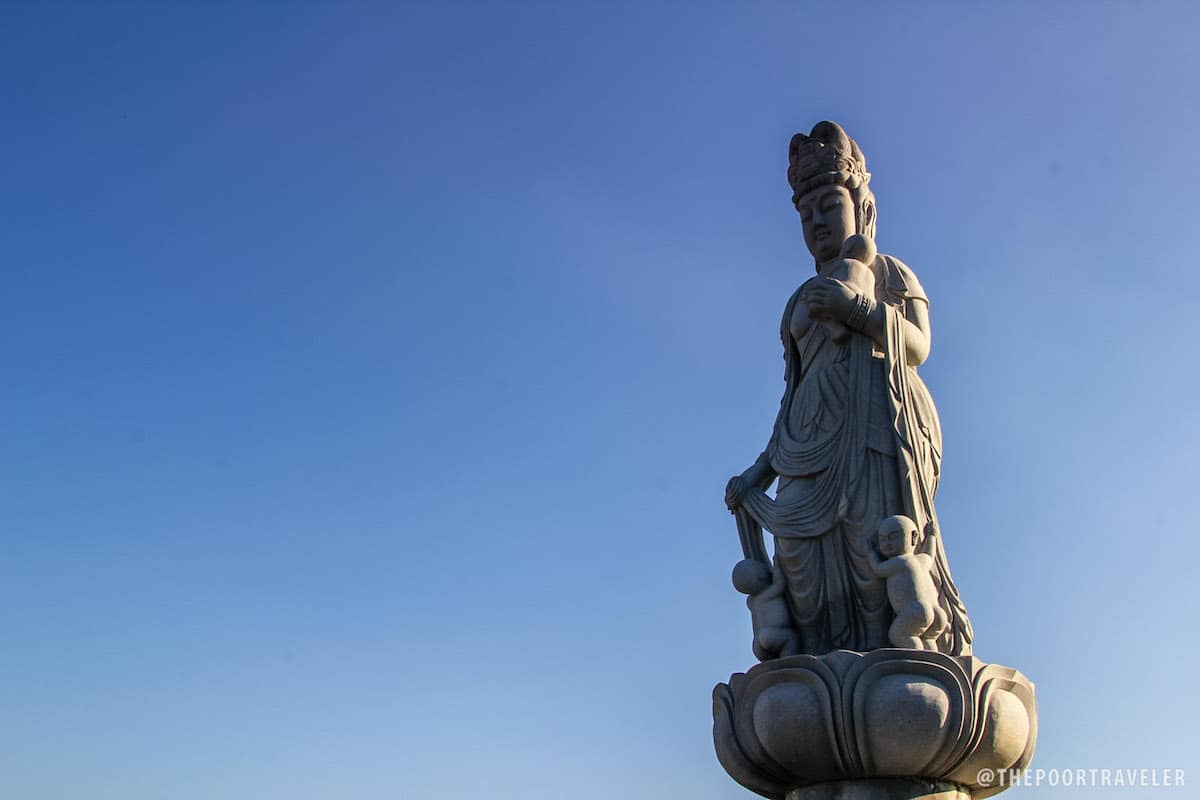
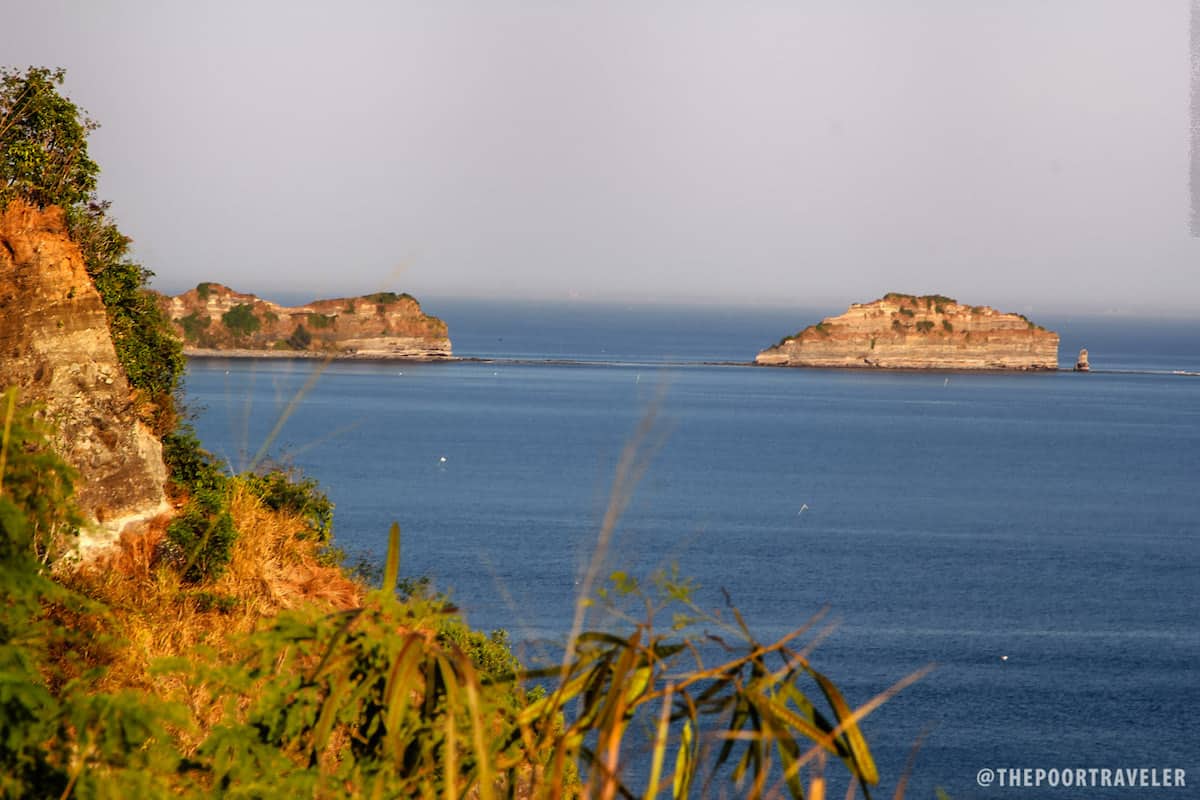
Filipino Heroes Memorial
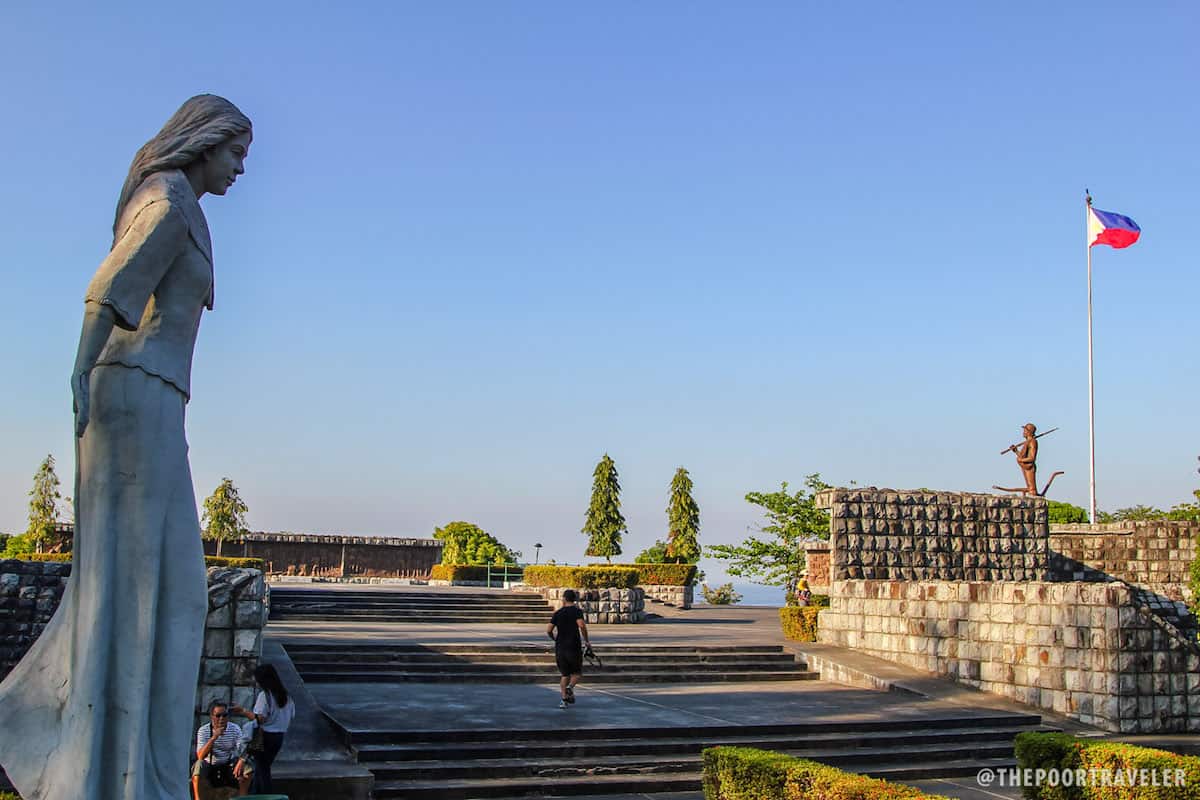
Also on the tail end of the island is the Filipino Heroes Memorial, a 6000-square meter site designed by Francisco Mañosa. The main attractions here are the 14 Manual Casas-sculpted murals that depict the battles of Filipinos.
Malinta Tunnel
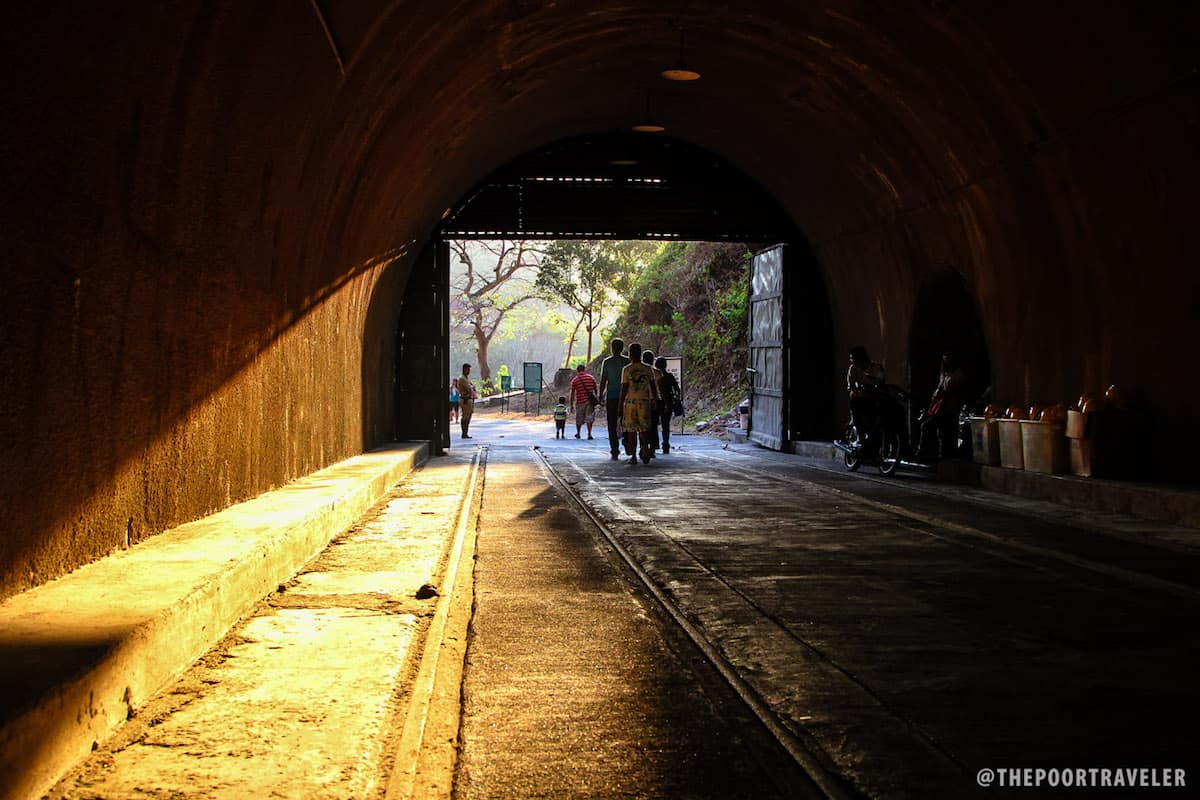
“The name Malinta came from the word ‘linta,’ meaning leech,” our tour guide explained. “When they were digging through the mountain to build the tunnel, they found a lot of these blood sucking worms along the way.”
Malinta Tunnel took 10 years to complete (1922-1932), an effort that proved useful during the war as it became the last stronghold of the military operations before the Japanese occupation. An elaborate network of tunnels run through the mountain, sheltering many of the soldiers during the war.
Today, its main tunnel is the theater for the Lights and Sound show, an audio-visual presentation created by National Artist Lamberto Avellana. The show narrates the key events of the battle in Corregidor. (Additional P200 fee applies.)
